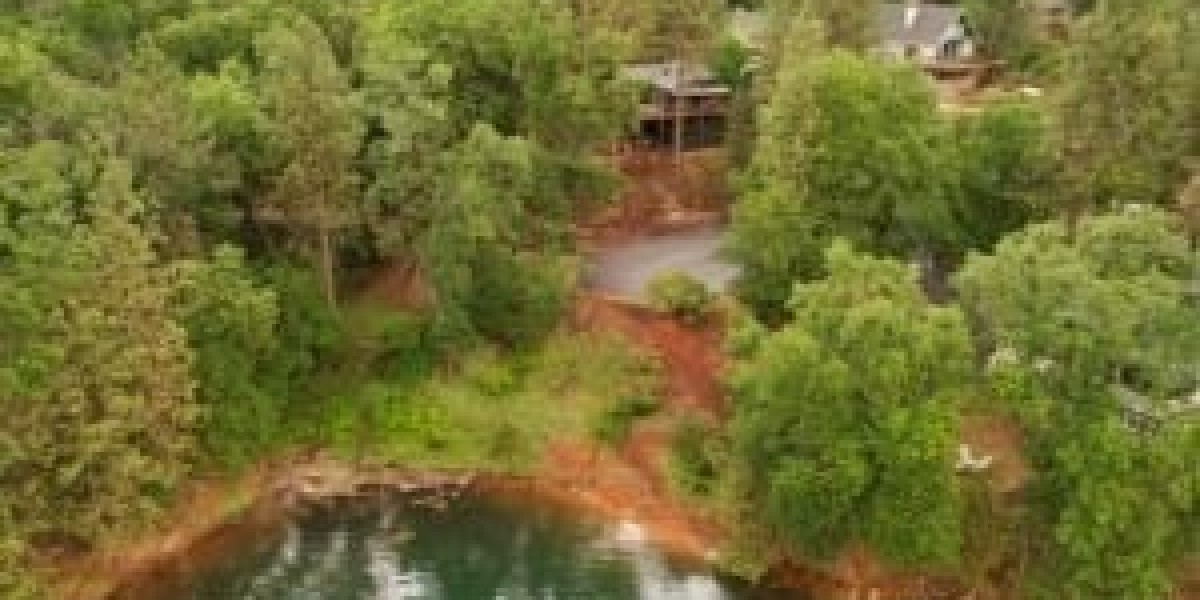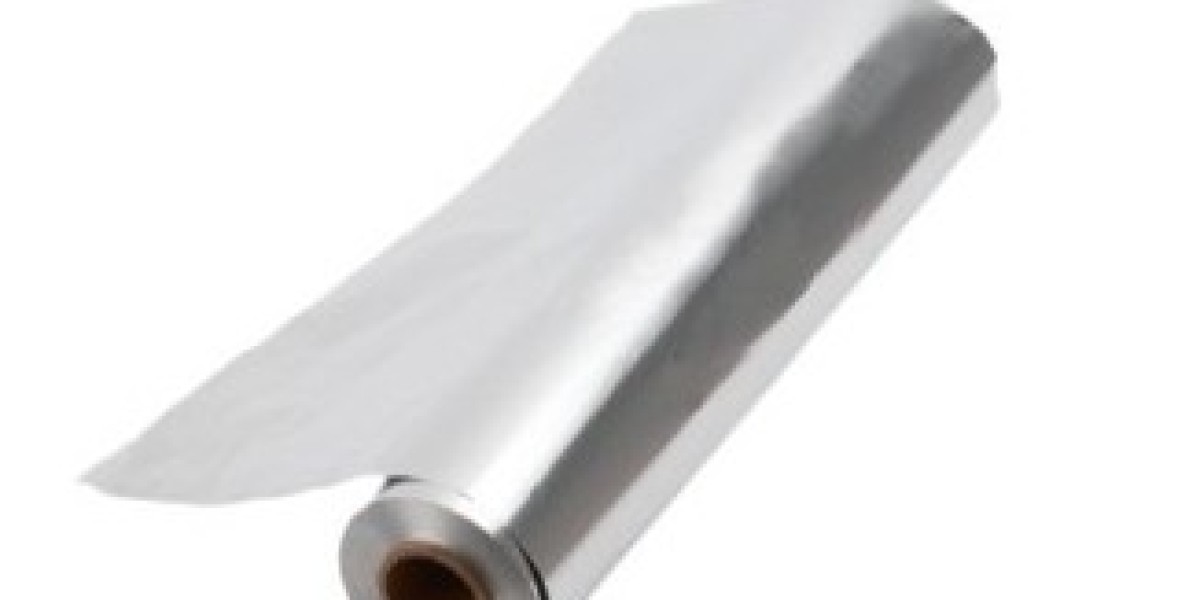How Shasta Lake Water Levels Change Through the Year
Shasta Lake water level naturally rises and falls due to rainfall, snowmelt from the surrounding mountains, and controlled releases from Shasta Dam. Peak levels usually occur in late spring or early summer, thanks to snowpack runoff and seasonal rains.
By mid to late summer, the Lake Shasta water level starts to drop as water is released downstream for agriculture and hydroelectric needs. By fall, levels are often at their lowest, revealing more shoreline and altering recreational conditions. Recognizing these patterns will help you decide the best months for specific activities.
Boating: Best Months for Smooth Sailing
High Shasta Lake levels in late spring and early summer make this the prime season for boating. Deeper waters mean safer navigation, fully accessible marinas, and all boat ramps in operation. The high water also minimizes the risk of hitting submerged obstacles.
As the Lake Shasta water level declines in late summer and fall, some ramps close or become harder to use. While boating is still possible, you may need to travel farther to find deep-water launch points, and certain coves may become too shallow for safe passage.
Fishing: Seasonal Sweet Spots for Anglers
When the Shasta Lake water level is high in spring, fresh runoff brings nutrients into the water, attracting fish closer to shore and into tributaries. Bass, trout, and kokanee salmon are especially active during this time.
As the lake Shasta water level drops in late summer and fall, fish tend to move deeper. While this can make them harder to locate, it also means anglers who know deep-water techniques can still enjoy productive fishing days—especially near the dam and deeper channels.
Swimming and Family Water Fun
The safest and most enjoyable swimming conditions usually occur in late spring through early summer when Shasta Lake levels are high. Warm weather and full swimming areas make it ideal for families looking to cool off.
Later in the summer, as the lake Shasta water level drops, swimming spots may become shallower and warmer, and in some cases, the shoreline may be muddier. While still fun, you’ll want to pick established swimming areas that maintain depth even at lower levels.
Water Skiing and Wakeboarding
High Shasta Lake water levels from May to July provide wide-open stretches of water and plenty of deep areas for smooth skiing and wakeboarding. Higher levels also reduce the risk of encountering underwater hazards like rocks or sandbars.
In late summer, as the shasta lake water level drops, popular ski areas can shrink, and you might have to navigate carefully to find suitable depth. That said, fewer crowds in the off-season can make for more peaceful rides if you’re willing to adjust.
Kayaking and Canoeing
For paddlers, high Lake Shasta water levels in spring mean more accessible launch points and the chance to explore narrow arms and hidden coves. Calm waters in the morning make these months especially inviting for kayaking and canoeing.
In the fall, lower Shasta Lake levels can expose interesting rock formations and beaches that are hidden earlier in the year. While some routes may be too shallow, adventurous paddlers can discover unique landscapes not visible at high water.
Camping and Shoreline Activities
Camping near the water’s edge is easiest when Shasta Lake water levels are moderate—typically late spring and early summer. Many campgrounds have sites that are just steps from the water during this period.
When the Lake Shasta water level recedes, new shoreline areas open for primitive camping, hiking, and beach activities. Fall offers wide, exposed shores perfect for stargazing or beach bonfires, though campsites may be farther from the waterline.
Wildlife Viewing and Photography
Higher Shasta Lake levels create lush shoreline vegetation that draws in deer, waterfowl, and other wildlife. Spring is a prime time for nature photography, with blooming plants and abundant animal activity.
As the Shasta Lake water level drops in the fall, exposed landscapes reveal striking geological features like ancient stumps, rocky cliffs, and sandbars. These changes offer unique photographic opportunities not available in the high-water months.
Houseboating: Floating Vacations at Their Finest
Houseboating is one of Lake Shasta’s signature activities, and it’s best enjoyed when Shasta Lake levels are high enough for easy mooring in secluded coves. This is typically from late May to mid-July.
By late summer, the lake shasta water level drops, and some coves may become too shallow for safe anchoring. However, experienced houseboaters can still enjoy the season by adjusting routes and docking in deeper areas.
Seasonal Events and Competitions
Many fishing tournaments, boat races, and community events at Lake Shasta are scheduled during the high Shasta Lake water level season to ensure optimal conditions and accessibility. These months see the biggest crowds and most vibrant atmosphere.
In the off-season, when Lake Shasta levels drop, events may shift focus to shore-based activities like hiking or photography festivals. While smaller in scale, they can be a great way to enjoy the lake without the peak-season bustle.
Planning Your Visit: Tips for Every Season
If your main focus is boating, houseboating, or swimming, aim for May through July when Lake Shasta water level is at or near its peak. These months guarantee the most accessible ramps, marinas, and shoreline amenities.
For fishing, photography, or exploring unique landscapes, late summer and fall, when Shasta Lake level drops, offer entirely different experiences. No matter the season, checking the current Shasta Lake water level before your trip is essential for planning.
Where to Check Current Water Levels
Before you pack up and head out, you can check the latest Shasta Lake water level data through the Bureau of Reclamation’s official website or local marina updates. These resources provide daily measurements and forecasts.
Knowing the current lake Shasta water level not only helps you prepare for activities but also ensures you’re aware of safety considerations like submerged obstacles or restricted launch sites.
Final Thoughts
The Shasta Lake water level is more than just a statistic—it’s a key factor in shaping your experience. From thrilling water sports to peaceful wildlife watching, each season brings its own charm and challenges.
By understanding seasonal patterns and planning accordingly, you can make the most of your trip no matter when you go. Whether the shasta lake level is at its peak or its lowest, the area offers unforgettable opportunities for outdoor adventure.



